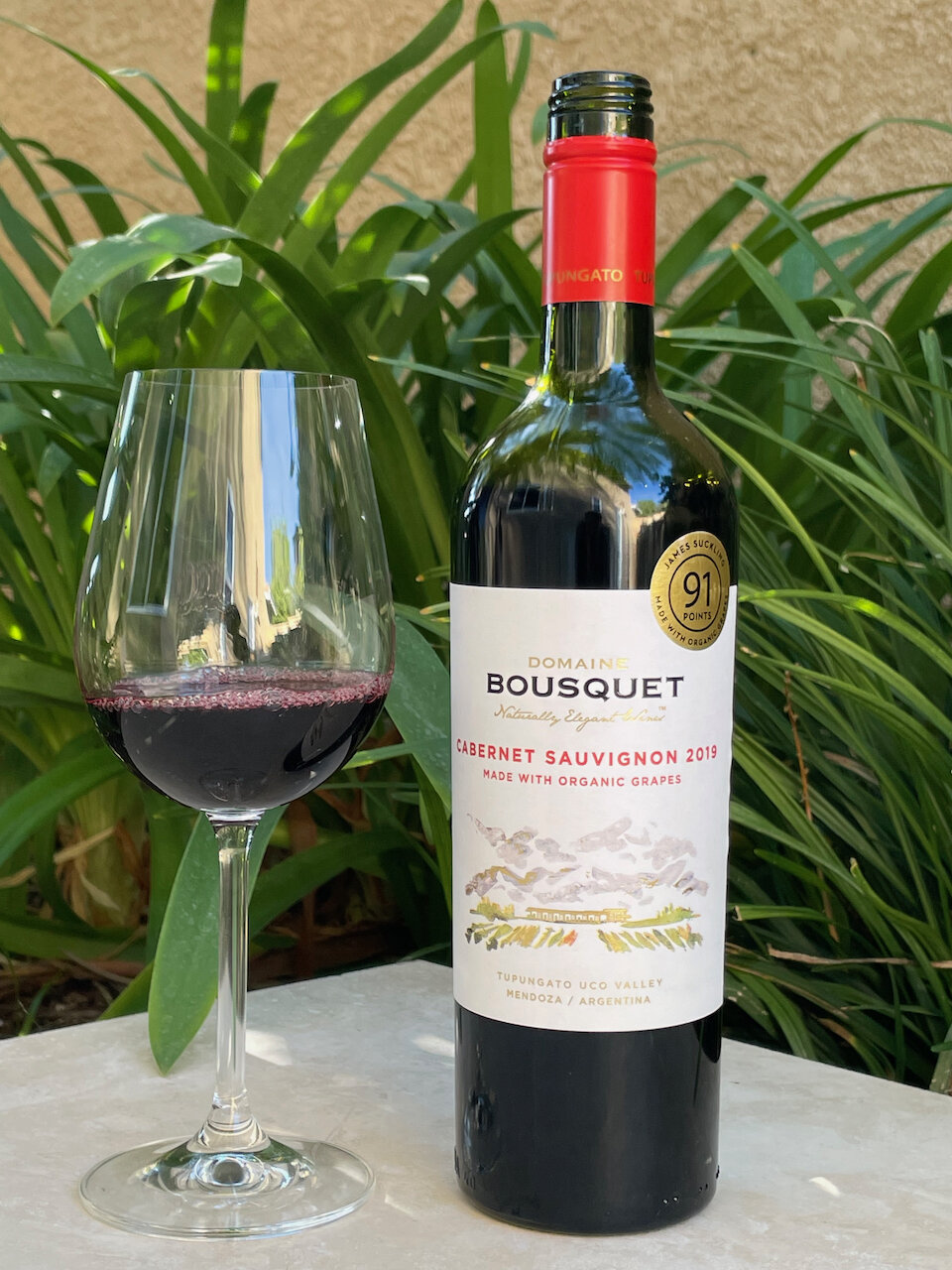The La Scolca estate was purchased in 1919 by the great-grandfather of Giorgio Soldati who, today, leads the company with his daughter Chiara. The surname Soldati meaning “soldiers” is particularly symbolic for the approach taken by the company’s owners. The name of the property, as well, is symbolic. La Scolca brand comes from “Sfurca” or “Look off into the distance” and the farmhouse that stood there was exactly that: a lookout post. These names reflect the proud and tenacious character of the owners and their wines.
2020 La Scolca Gavi White Label ($19.50)
The White Label Gavi from La Scolca is their traditional Gavi that is produced from young vines that are located in the Rovereto heart, the “Gavi Grand Cru.” It’s made from 100% Cortese (kort-tay-zay) grapes that are almost exclusively grown in Piedmont, Italy.
This one is light straw in color with delicate aromas and a hint of sweetness. On the palate, it has bright fruit flavors of apple, lemon, pear and melon with refreshing acidity that leads to a long, pleasant finish.
2019 La Scolca Gavi dei Gavi Black Label ($42.99)
Gavi dei Gavi® has been a registered trademark in Europe since 1969 and in the US since 1971, and is best known as "Black Label".
This La Scolca Black Label is also produced from 100% Cortese (kort-tay-zay) grapes. It is pale gold in color, has delicate citrus and floral aromas, hints of Honeydew melon and peach. On the palate this Black Label Gavi is very delicate and light. Its subtle flavors are enhanced by its very rounded acidity that results in a light finish.
La Scolca does an extremely nice job of capturing the essence of the wonderful Cortese grape.
These two wines from La Scolca fit right in as Behind the Cork™ wines of the week for being attainable and affordable. Cheers!
Disclosure of Wine Sample Submission: I received these samples at no cost for review. The opinions expressed are entirely my own.
Samples Provided by Making Business Happen USA. LLC










